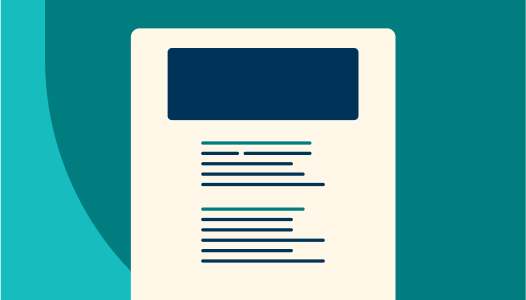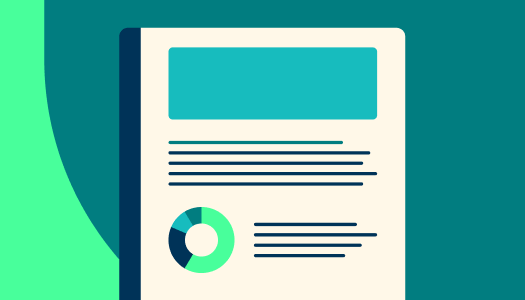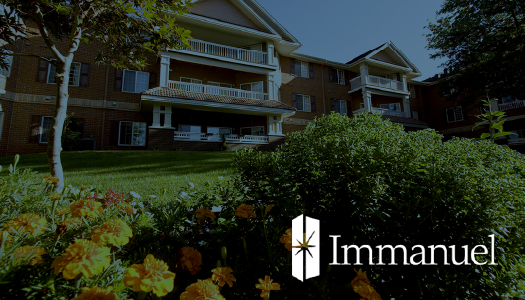Important Trends You Should Know in Preventive & Predictive Maintenance
What You Need to Know About PM & PdM
Imagine you hate going to the dentist. Ok, that’s probably not too hard to imagine.
You avoid going in for six-month check-ups and you just pray that nothing bad is going to happen. While you may be able to survive for a few years, you’re likely to get a toothache, cavity or other issue at some point. And when you do, you’ll want to find a way to avoid that pain as soon as it comes on.
Now, think of it in the lens of preventive maintenance.
Swap your teeth for your assets or equipment and the dentist for a good preventive maintenance program, and you can start to understand the importance of PM. While a lack of PM won’t cause an annoying toothache, it can cost you in the short- and long-term.
In fact, a good PM program can help you cut operational costs by 12-18%. From time saved working on assets to the risks you avoid with a proactive approach, preventive maintenance is critical to your operational efficiency.
It’s never too late to start with the basics
If you’re just diving into preventive maintenance, it’s not too late to start with a basic calendar PM system.
Read our blog on how to start a PM program from scratch or our blog on what is preventive maintenance
Focus on your most expensive and important assets, get them on a PM schedule and then grow your list from there. As your maintenance team gets used to these scheduled maintenance tasks, they will start to see the benefit of checking in periodically and spending time on the front end to save on the back end.
When you’re ready to expand, you can:
-
Add more equipment – All assets deserve proactive maintenance and will contribute to financial and production time savings. This approach can even improve morale when your team isn’t always in fire-fighting mode.
-
Bring outside contractors into your workflow – Bring your contractors into the mix to help with scheduling and planning. Set up automatic notifications for when scheduled work is due and track their progress as part of your overall CMMS work history.
-
Manage parts related to PMs – If you are going to use parts, then you should track them in your inventory (dispatch, reserve, just-in-time order, etc.). Not only will your work planning processes benefit, but you’ll have the parts you need before you schedule downtime with production.
Why you should explore predictive maintenance
If you want to take preventive maintenance a step further, then keep reading.
Predictive maintenance is a more advanced way to do maintenance by using meter readings and usage data to predict when your equipment or assets need maintenance. Predictive maintenance (or PdM) gives you the most accurate information on your assets so you can know what maintenance to do when.
Instead of automatically doing your scheduled maintenance every two weeks on a part, predictive maintenance allows you to do the PM when the asset tells you to do it.
As a part of your preventive maintenance strategy, this meter reading-based approach can help you save critical resources and ensure you’re doing only the work that’s needed.
In fact, the ROI can be substantial.
Say you do PM on a major production asset every month (4.5 weeks) on a regular schedule. That would equate to:
-
3 hours downtime – loss of $2,500 in potential lost production
-
$200 in parts
-
$200 in labor
-
$2,900 x 12 = $34,800 in annual cost
Conversely, when PdM is implemented based on asset usage, and work is done about every six to seven weeks.
-
3 hours downtime – loss of $2,500 in potential lost production
-
$200 in parts
-
$200 in labor
-
$2,900 X 8.6 per year = $25,133 in annual cost
That equates to $9,667 in annual savings when you compare traditional preventive vs. predictive maintenance.
To further simplify your data entry around meter reading, utilize your CMMS to manually input those readings (like hours run, widgets proceeded, cycle count, pressure temperature, etc.). This should be possible on your desktop or any mobile device.
If you need further guidance on getting your predictive maintenance program started, rely on your CMMS vendor for help.
Learn more about PdM and your CMMS
The future of PM
With all the advances in technology around us, it’s no wonder that there are some cool new tricks coming up in the future of preventive maintenance.
Here are a few of the ones that your CMMS vendor should be aware of:
-
Assisted Reality – Assisted reality for maintenance in the future may include headsets that allow you to do hands-free mobile operations by “seeing” your PM instructions in your field of vision.
-
Remote Mentorship – This technology would allow a veteran technician or supervisor to “see” through the headset of a more junior technician on a ladder or on the plant floor and communicate instructions, show images, etc.
-
Augmented Reality – Similar to the above, augmented reality will allow for greater abilities to really assist technicians in how to perform maintenance and catch them before they make a mistake.




